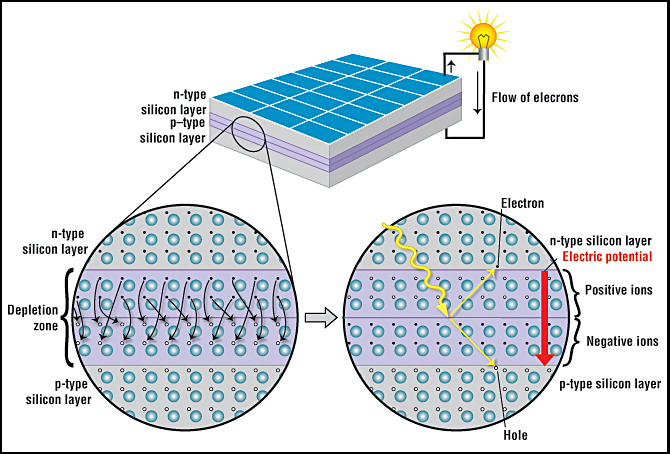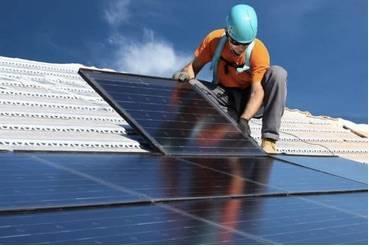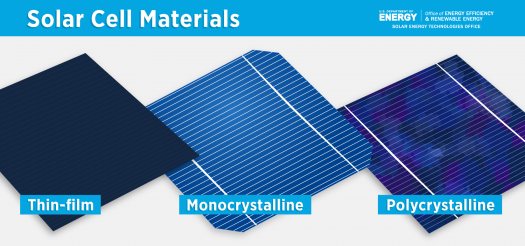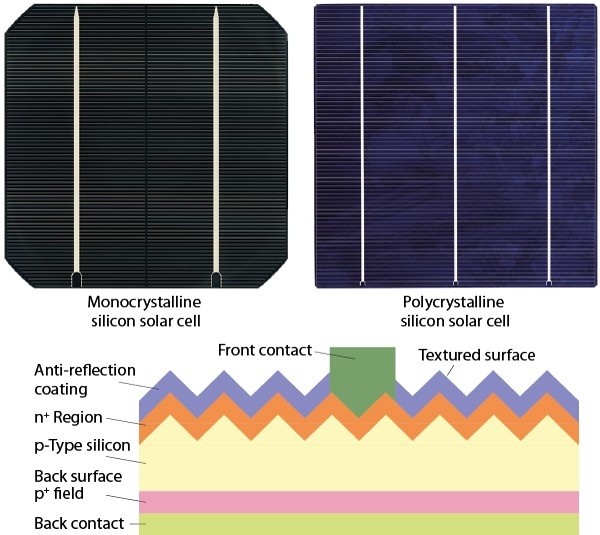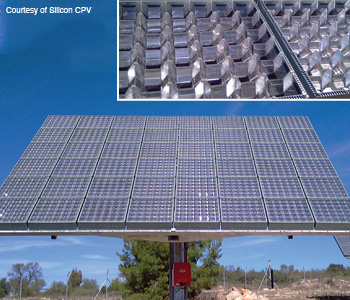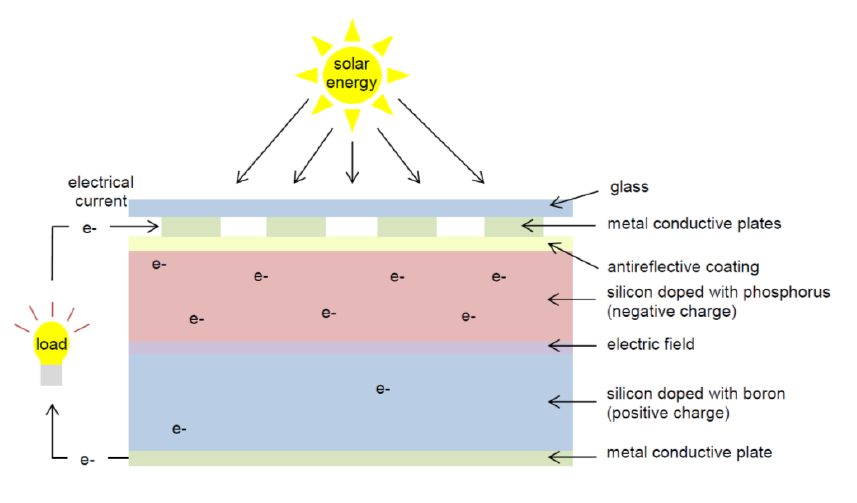Used as semiconductor material for a si solar cells or thin film silicon solar cells it is deposited in thin films onto a variety of flexible substrates such as glass metal and plastic.
Silicium plates made into solar panels.
Solar panels made from crystalline silicon currently account for more than 90 percent of the solar infrastructure today.
It is not due to the covid 19 pandemic but due to the changes in the digital world.
Amorphous silicon is the non crystalline form of silicon used for solar cells and thin film transistors in lcds.
Mono crystalline silicon cells are more efficient than polycrystalline or amorphous solar cells.
Unfortunately silicon panels remain relatively expensive to make.
However the company has decided to cease manufacturing.
Instead of being constructed from solid silicon wafers like mono or poly crystalline solar panels amorphous panels are made by depositing non crystalline silicon on a substrate like glass plastic or metal.
Amorphous silicon cells generally feature low efficiency but are one of the most environmentally friendly photovoltaic technologies since they do not use any toxic heavy metals such as cadmium or.
Made in japan the kodak plates are in my opinion superior safer and offer the highest quality.
The manufacturing process involves cutting individual wafers of silicon that can be affixed onto a solar panel.
One layer of silicon on an amorphous solar panel can be as thin as 1 micrometer which is much thinner than a human hair.



